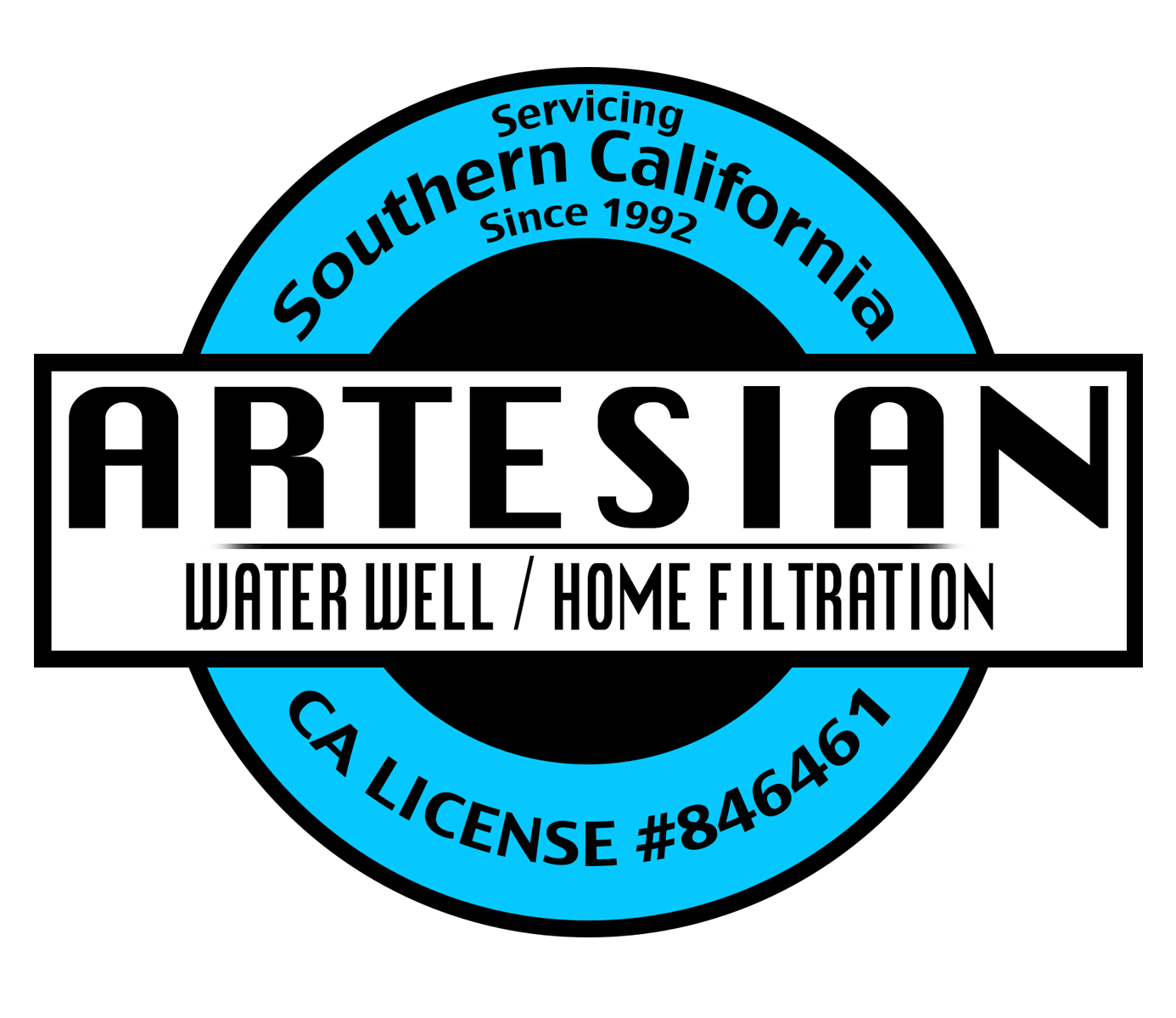What is the importance of maintaining your pump and motor on a water well?
Maintaining your pump and motor on a water well is critical for ensuring a reliable water supply, extending equipment lifespan, and avoiding costly repairs. Here’s why:
1. Reliable Water Supply: Regular maintenance prevents unexpected failures, ensuring consistent water flow for household, agricultural, or industrial needs. Issues like clogged impellers or worn bearings can reduce efficiency or stop the pump entirely.
2. Extended Equipment Lifespan: Pumps and motors endure constant wear from sediment, corrosion, or overheating. Routine inspections, lubrication, and cleaning reduce stress on components, delaying the need for replacements (pumps typically last 10-15 years with proper care).
3. Energy Efficiency: A well-maintained pump operates efficiently, consuming less electricity. Dirty or misaligned components force the motor to work harder, increasing energy costs.
4. Prevent Costly Repairs: Small issues, like a leaking seal or worn impeller, can escalate into major failures if ignored, potentially requiring a full pump replacement costing thousands of dollars. Regular checks catch problems early.
5. Water Quality Protection: Poor maintenance can allow contaminants to enter the well system. For example, a damaged pump seal might let surface water or debris infiltrate, compromising water safety.
Key Maintenance Tasks:
• Inspect and clean the pump and motor annually.
• Check for unusual noises, vibrations, or pressure changes.
• Lubricate motor bearings as recommended by the manufacturer.
• Test electrical components to prevent motor burnout.
• Monitor water quality and flow to detect sediment or corrosion issues.
Neglecting maintenance risks water shortages, high repair costs, and potential contamination, especially in rural areas where wells are the primary water source.
Troubleshooting Steps for Water Well Pump and Motor
1. Observe Symptoms:
• No water flow: Could indicate a power issue, pump failure, or well water level problems.
• Low water pressure: Suggests clogs, worn impellers, or leaks.
• Frequent cycling (pump turns on/off rapidly): Points to pressure tank issues or electrical faults.
• Unusual noises (grinding, humming): May signal motor or bearing problems.
• Dirty or cloudy water: Could mean sediment buildup or a breached well casing.
2. Check Power Supply:
• Verify the pump is receiving power. Check the circuit breaker or fuse box for tripped breakers or blown fuses.
• Inspect wiring for damage or loose connections.
• For submersible pumps, ensure the control box (if applicable) is functioning. A humming motor that doesn’t start may indicate a capacitor failure.
• Use a multimeter to confirm voltage matches the pump’s requirements (e.g., 230V for most residential pumps).
3. Inspect the Pressure Switch and Tank:
• Check the pressure switch for proper operation (typically set to 30-50 psi or 40-60 psi). Dirty contacts or incorrect settings can cause cycling or no water.
• Test the pressure tank for waterlogging (a tank full of water won’t hold air pressure). Tap the tank; a hollow sound indicates proper air charge. Use a tire gauge to check the air valve (should be 2 psi below the cut-in pressure).
• Look for leaks in the pressure tank or piping.
4. Examine Water Flow and Quality:
• Low flow: Check for clogged pipes, a blocked intake screen, or a worn impeller. For submersible pumps, low water levels in the well could be the cause.
• Dirty water: Inspect the well for sediment or casing damage. A failing pump seal may allow debris to enter.
• Air in lines: Indicates a leak in the suction line (for jet pumps) or a dropping water table.
5. Inspect the Pump and Motor:
• For jet pumps (above-ground), listen for motor operation. If it runs but doesn’t pump, the impeller may be clogged or the foot valve/check valve may be stuck.
• For submersible pumps, vibrations or grinding noises suggest bearing wear or debris in the pump. Pull the pump (if safe) to inspect.
• Check motor temperature. Overheating (too hot to touch) may indicate electrical issues or insufficient cooling (e.g., low water flow over the motor).
6. Test Well Water Level:
• A drop in the water table can cause the pump to run dry, leading to burnout. Use a well sounder or consult a professional to measure the static water level.
• Compare current levels to historical data (check well logs or local water authority records).
7. Consult Pump Performance Specs:
• Compare current flow rate and pressure to the pump’s rated capacity (found in the manual or on the pump label). Significant deviations suggest internal wear or blockages.
• Example: A 1 HP submersible pump typically delivers 10-20 GPM at 50 psi. If output is lower, inspect for clogs or impeller damage.
8. Call a Professional if Needed:
• If troubleshooting doesn’t resolve the issue or if you suspect major problems (e.g., pump stuck in the well, severe motor failure), contact a licensed well contractor. Pulling a submersible pump or repairing electrical components can be dangerous without proper tools and expertise.
